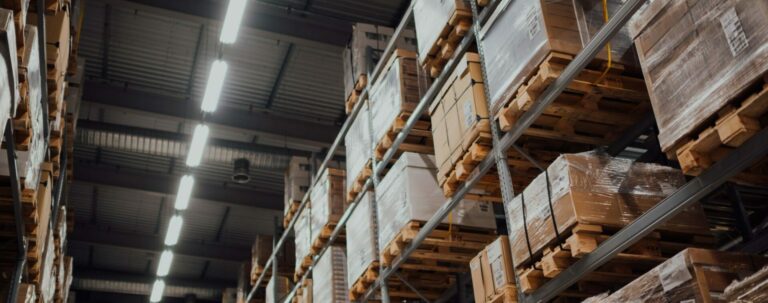Whether you’re navigating the complexities of supply chain, seeking tips and insights, or simply want to stay ahead of industry trends, our articles are here to guide you. Written by seasoned supply chain experts, these recourses are designed to empower you with new knowledge.






Join 3000+ subscribers who read the Optilon monthly newsletter and be the first to hear about the latest insights, articles, events and more.